Introduction: Why Posture Isn’t Just About Your Back
It’s late. You’ve been grinding through practice sections, annotating passages, and memorizing vocabulary lists. Your shoulders are creeping toward your ears, your chin is poking forward, and you feel a dull ache right between your shoulder blades. It’s tempting to ignore the discomfort and keep going — after all, there’s a test to conquer. But posture is more than an annoyance: it shapes your breathing, your concentration, and even how long you can study without losing steam.
This blog is a friendly, practical guide to improving posture during long SAT study sessions. You’ll find simple ergonomic fixes, quick stretches and mobility moves you can do during the five-minute break, a realistic schedule to build habits, and tips for creating a study environment that supports both your spine and your score. I’ll also weave in how Sparkl’s personalized tutoring and benefits — like 1-on-1 guidance, tailored study plans, expert tutors, and AI-driven insights — can help tie posture strategies to effective studying.
Why Posture Matters for SAT Prep
Physical comfort and endurance
Study marathons are endurance events. Poor posture increases muscle fatigue, compresses joints in the neck and back, and makes you more likely to shift into awkward positions that create pain. Good posture distributes weight across your spine and keeps muscles working efficiently so you can study longer without a nagging ache that derails momentum.
Cognitive focus and breathing
Posture affects how you breathe. Slouching can lead to shallower chest breathing, which reduces the amount of oxygen reaching your brain. When oxygen intake drops, you may feel foggy, irritated, or less able to concentrate — all pretty bad when you’re solving SAT Reading/Writing questions or calculating a tricky Math problem. Sitting upright or with a slight forward tilt allows fuller diaphragmatic breaths, which support calm, clear thinking.
Mental state and confidence
There’s a two-way relationship between posture and mood. Sitting upright tends to promote alertness and confidence, while a collapsed posture can amplify anxiety. Practicing good posture during prep sessions — and especially during full-length practice tests — helps simulate the calm, focused state you want on test day.
Set Up Your Study Space: Ergonomics Without Overcomplication
Perfect ergonomics aren’t necessary, but a few thoughtful adjustments make a huge difference. Here are practical, resource-friendly recommendations.
Chair and seating
- Choose a chair that supports the natural curve of your lower back. If your chair is flat, roll a towel or use a small cushion to provide lumbar support.
- Sit back in the chair so your lower back touches the support; avoid perching on the edge.
- Feet should rest flat on the floor. If they don’t reach, use a thick book or small stool as a footrest.
Desk, screen, and document placement
- The top of your laptop screen or monitor should be about at eye level or slightly below. Raise your laptop on a stack of books or a small riser and use an external keyboard if possible.
- If you’re working from paper, place documents on a slanted surface or an angled binder so you don’t look down constantly.
- Keep frequently used items (pens, scratch paper) within easy reach to avoid twisting or hunching repeatedly.
Lighting and position
Good lighting reduces the need to lean forward. Place a desk lamp so it illuminates the page without creating screen glare. Work with your hips slightly higher than your knees — this tilt helps maintain a neutral spine.
Microbreaks and Movement: The Biggest Return for Small Time
Why microbreaks work
Research and practical experience show that short, frequent breaks beat long, infrequent ones for both focus and physical wellbeing. Microbreaks — 30 seconds to two minutes of movement — reduce stiffness, refresh your attention, and reset your posture.
Simple schedule ideas
- Pomodoro style: 25 minutes study, 5 minutes break. Every four cycles, take a 20–30 minute break.
- Longer cycles: 50 minutes study, 10 minutes break. This works well for deep reading and full problem sets.
- During breaks, stand up for at least 60 seconds and do one or two stretches rather than scrolling endlessly.
Stretch and Strengthen: A Mini Routine for Study Sessions
These moves are short, safe, and designed to be done without special equipment. Aim to do them once every hour or whenever you feel stiffness creeping in.
Quick mobility and stretch sequence (60–120 seconds)
- Neck circles: Slowly roll your head left to right for 10–15 seconds. Keep it gentle.
- Chin tucks: From a neutral position, gently tuck your chin toward your neck as if making a double chin. Hold 5 seconds, repeat 8–10 times.
- Shoulder roll and scapular squeeze: Roll shoulders backwards twice, then squeeze the shoulder blades together for 5 seconds. Repeat 6–8 times.
- Seated thoracic extension: Clasp hands behind your head, open your chest and gently arch your upper back for 3–5 seconds. Repeat 6–8 times.
- Seated hamstring stretch (standing option): Stand, put one heel on a low chair, hinge at hips to feel a gentle stretch in back of thigh — hold 15–20 seconds each side.
Strength moves to build posture endurance (2–5 minutes)
- Wall angels: Stand with your back against a wall and slide arms up and down like making snow angels. Do 8–12 reps.
- Plank (modified if needed): Hold a plank for 20–45 seconds to build core endurance that supports an upright spine.
- Bird-dog: On hands and knees, extend opposite arm and leg, hold 2–3 seconds, switch sides. 8–10 reps per side.
Posture Cues You Can Use While Studying
Small reminders help turn good posture into a habit. Try a few verbal or tactile cues that you can check without breaking rhythm.
- “Feet down, shoulders back, chin tucked.” A simple three-part cue that resets your base position.
- Use a sticky note at the bottom of your screen with a short reminder like Sit Tall or Breathe Deep.
- Set your phone or study-timer to vibrate every 30–45 minutes as a posture check-in.
Sample Study-Day Schedule Focused on Posture
Here’s a realistic schedule that balances focused study, practice tests, posture checks, and recovery. Modify it to match your school schedule and energy levels.
| Time | Activity | Posture Cue / Movement |
|---|---|---|
| 8:30–9:00 AM | Light review (vocab/flashcards) | Sit tall, feet flat, set timer for 25 mins |
| 9:00–9:05 AM | Break | Stand, 60s walk, neck rolls |
| 9:05–10:00 AM | Practice Reading section | Adjust screen height, use document holder |
| 10:00–10:15 AM | Long break | Stretch sequence + 5-minute walk |
| 10:15–11:15 AM | Math problem set | Alternate sitting with standing (25/30 min) |
| 11:15–11:20 AM | Break | Shoulder rolls, scapular squeezes |
| 11:20–12:00 PM | Review errors | Sit with paper at eye level to avoid neck flexion |
| 12:00–1:00 PM | Lunch and movement | Walk, gentle stretching |
Practical Fixes When You Can’t Replace Furniture
Not everyone has access to an ergonomic chair or a laptop stand. These low-cost DIY solutions are surprisingly effective.
- Roll a towel to tuck into the small of your back for lumbar support.
- Raise your laptop on two to three thick books; use a separate keyboard on your lap or desk.
- Use a sturdy box or stack of magazines as a footrest if your feet dangle.
- Use a scarf or elastic band as a temporary strap to remind you to draw shoulders down and back in long study sessions (use gently).
How to Combine Posture Habits with Effective SAT Strategy
Posture work is most helpful when paired with smart study choices. Here’s how to integrate both without adding extra time.
Practice tests with posture goals
When you simulate test conditions, also simulate test posture. Sit in a supportive chair, place materials as you would on test day, and use timed breaks exactly as scheduled. This prepares your body and mind to hold good posture across a multi-hour test.
Use posture to improve retention
Combine upright sitting with active study techniques — self-explanation, teaching aloud, or drawing concept maps. When you’re physically alert, memory encoding and retrieval are stronger. Sparkl’s personalized tutoring often emphasizes pairing physical habits with tailored study plans so each session builds both skill and stamina.
Breathing and Mindset Tools for Focus and Calm
Simple breathing for instant reset
When you feel scattered or tense, try this short breathing reset: inhale for four counts, hold for two, exhale for six counts. Repeat three times. The slight emphasis on a slower exhale activates the parasympathetic nervous system and can lower test anxiety.
Pre-test posture routine
Before a full-length practice test or the real SAT, spend five minutes on this routine: stand tall, do shoulder rolls, perform 30 seconds of diaphragmatic breathing, and take two brisk walks around the room. This primes your body for sustained sitting and signals to your brain that it’s go-time.
Common Mistakes and How to Avoid Them
- Relying only on a cushion: Support helps, but strengthening your core and back matters too. Combine support with brief strength exercises.
- Sitting perfectly rigid: A little movement and micro-adjustments are normal. The aim is comfort and neutral alignment, not locked stillness.
- Using breaks for passive screen time: A five-minute break scrolling social media doesn’t reset posture. Use at least one minute to stand, stretch, or move.
- Fixing posture only when it hurts: Make posture checks part of the routine before pain appears.
When to Seek Professional Help
If you experience persistent nerve pain, sharp pain radiating into an arm or leg, or numbness, consult a healthcare professional. For most study-related discomfort, posture adjustments, simple strengthening, and movement are sufficient. If you’re unsure where to start, a physical therapist or an ergonomics-aware coach can help craft a plan tailored to your body and schedule.
How Tutors Can Help You Practice Better Posture
When a tutor watches you work — even remotely — they can spot posture habits that disrupt focus. Sparkl’s personalized tutoring blends expert tutors with AI-driven insights to identify not only academic gaps but also study habits that affect performance. A tutor might recommend simple environment tweaks, suggest a movement schedule that fits your study blocks, or integrate posture checks into real-time practice sessions so good habits are learned in context.
Putting It All Together: A Two-Week Posture Habit Plan
Change happens by doing small things consistently. Here’s a practical two-week plan to build posture habits that last.
- Week 1: Focus on setup and microbreaks. Make the ergonomic tweaks (even DIY), set a timer for 25/5 cycles, and perform the 60–120 second stretch sequence hourly.
- Week 2: Add two strength moves (plank and wall angels) on study days and begin practicing full-length tests with a posture checklist. Notice how your energy and comfort change.
- Ongoing: After two weeks, reduce conscious check-ins to one or two per study day; keep microbreaks and weekly strength work to maintain gains.
Image Ideas
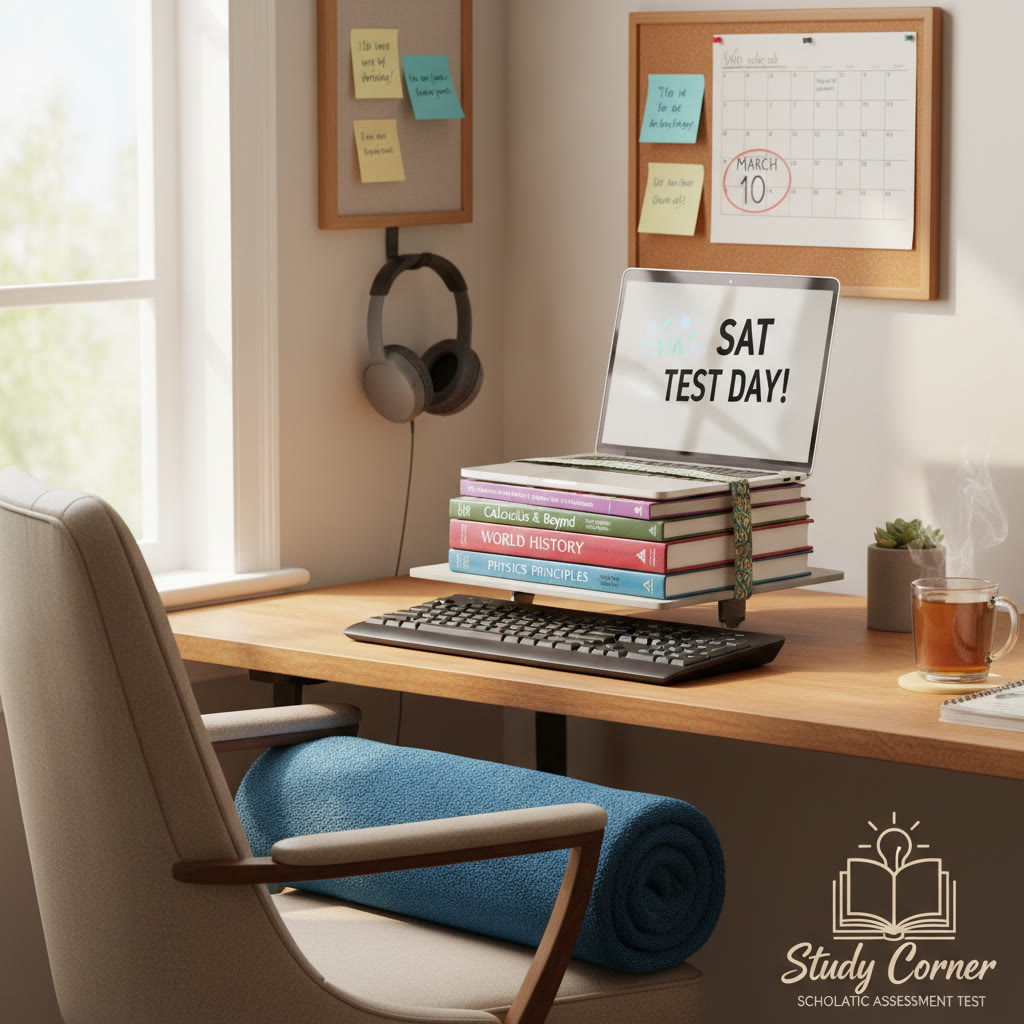
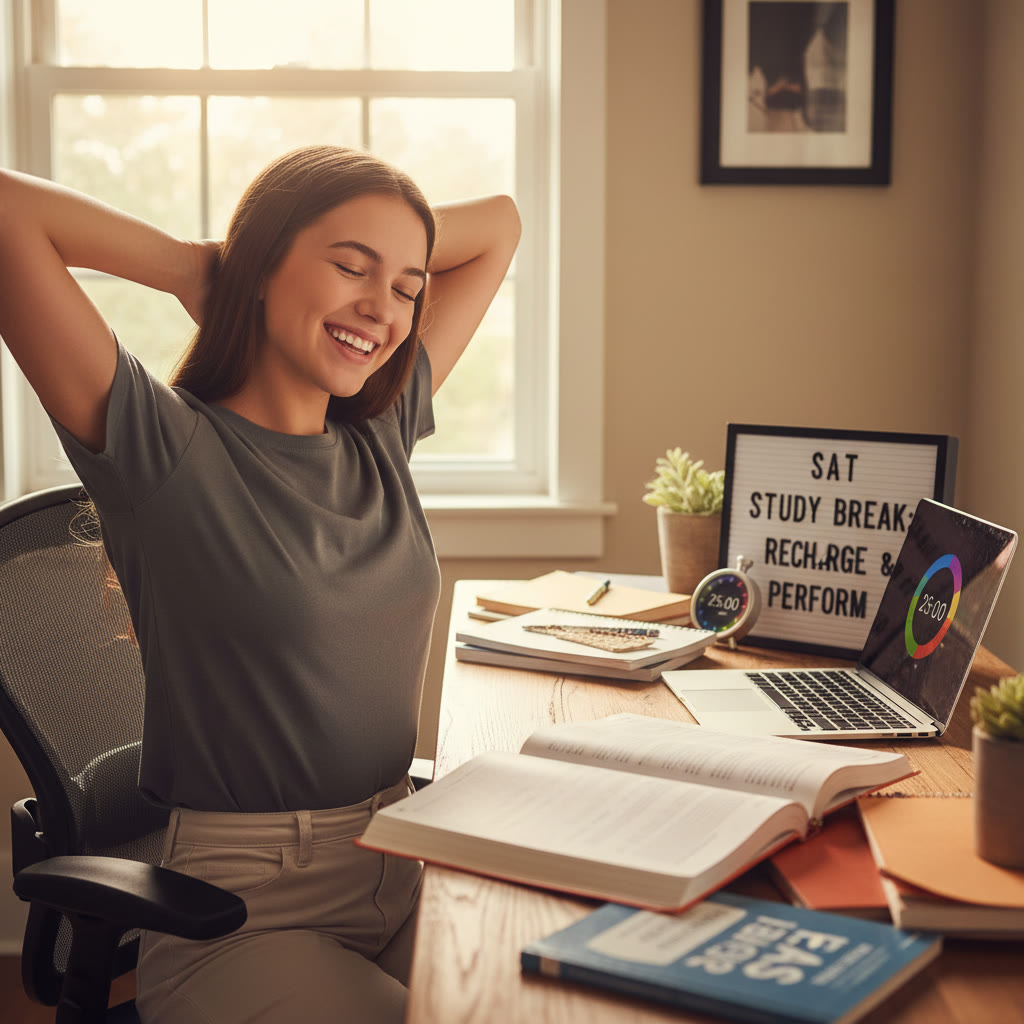
Quick Checklist: Ready-to-Go Posture Tips
- Feet flat, knees at roughly 90 degrees.
- Lower back supported; tuck a towel if needed.
- Top of screen at or slightly below eye level.
- Use microbreaks: stand and move every 25–50 minutes.
- Do a short stretch sequence at least once an hour.
- Practice full tests with the same posture and breaks you’ll use on test day.
Conclusion: Posture Is a Simple High-Leverage Habit
Improving your posture during long SAT study sessions is a low-cost, high-impact habit. Small setup changes, regular movement, short strength exercises, and breathing resets will make studying more comfortable, extend your productive time, and sharpen your mental edge. When you pair posture habits with targeted academic strategies — for example, the tailored study plans and 1-on-1 guidance Sparkl provides — you get a multiplier effect: your body supports the work your brain is doing, not fights it.
Start with one change today. Raise your laptop, roll a towel for lumbar support, set a timer, and stand up when it buzzes. Over the next two weeks you’ll notice less ache, clearer thinking, and more consistent stamina — small wins that add up to a stronger performance on test day.
Good posture is not a one-time fix; it’s a practice. Treat it like a skill you train alongside math problems and reading strategies, and it will return the favor when it matters most.

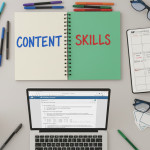


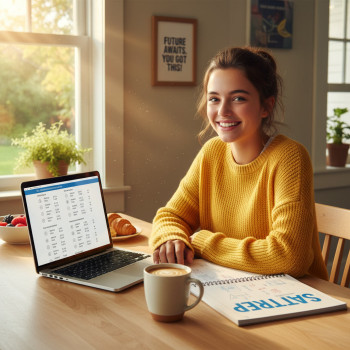
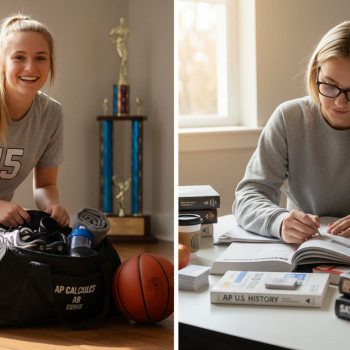
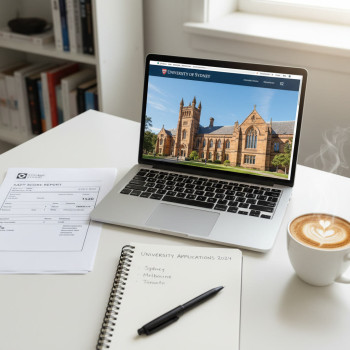











No Comments
Leave a comment Cancel